As retailers face property challenges including steep increases in business rates, Gina Lovett spoke to three retail property directors for our virtual round table to discover the priorities, now and in the future.

What are the key property challenges facing your business and retailers in general at the moment?
Collins: The retail industry constantly evolves. This is apparent with new technology and the use of internet and mobile affecting the way people shop. We’re lucky that we have a strong, well-established brand and we’ve benefited from being an early entrant into online retail – the challenge is to stay ahead of the game.
Harris: The greatest challenge facing retail is finding good value properties that satisfy business needs but have a sensible containment of risk. To stimulate new retail businesses, it’s important to have a more fertile ground for them to flourish. Before the property problems of three to four years ago, retailers were being asked to sign up to completely unrealistic things [such as long-term leases]. Risks have improved but haven’t gone away.
Mason: The key challenge with property is cost. For example, last year we saw rate increases of 5.6%. At a time when rents are growing and when sales are difficult, it’s an extra burden. The other challenge is getting out of some excess in the property portfolio by either moving to smaller units in the same catchment area or downsizing the existing units to reduce the overall property cost – or staying in the same place and looking at new deals to reduce the rent.
How worrying is the lack of high-profile new developments at the moment? How has this affected property priorities?
Collins: Retail needs regular investment in order to remain competitive and offer a compelling reason for shoppers to visit. Retail is also important from a social perspective, in terms of employment and giving back to the local community.
Harris: It doesn’t worry me in the slightest. Sometimes developments are just too big.
There are places where retailers are forced into oversized shops. That wouldn’t be a problem if the landlord was paying the rates.
Mason: I don’t think it matters at the moment. We’re seeing a real polarisation in the market, between really good high-quality prime sites and the first generation, bulky secondary stuff. There’s still a reasonable amount of stock that landlords are able to split to make schemes better.
What are some of the key regions or demographic areas you are focusing on?
Collins: John Lewis Exeter, our first flexible-format shop, opened in October. The flexible format allows the business to consider opening in locations that had not previously been considered as viable for a large traditional John Lewis branch. Our target market has not changed. This new approach to the size of our shops allows us to forge ahead with our growth plans to introduce John Lewis branches and our full-line assortment to cities and towns where we have long wanted to have a presence.
Harris: We’ve just opened a shop in Aberdeen, our second shop in Scotland, but our approach is that we’re not looking to go to many new locations. We’re exploring and developing new formats, one of which is Roast + Conch. We’re looking at other possibilities within the types of property we have.
Mason: We already have quite a large footprint, so we’re not looking at new areas. The place where we’ve really struggled [to get sufficient suitable space] is in central London. That’s an issue because we can’t do our full offer in terms of our We Fit service or getting in free car parking. Our 460-store footprint with a 20-minute drive time is absolutely central to our plan going forward.
How should forward-thinking retailers tackle the rise of multichannel retailing?
Collins: We have moved from having multiple single shopping channels (shops, online, mobile, catalogues and telephone) to a world that recognises that customers shop using multiple channels. We seek to offer our customers the flexibility to shop the way they want to, when they want to with a seamless and consistent level of customer service throughout.
Harris: We started off in mail order and internet, developing our business this way for about 10 years before opening a shop, so for us it’s not a big issue. We developed our database before opening new stores and were able to review where we thought they’d be successful. We just look at the challenge in terms of our customers – not as multichannel or a physical shop.
Mason: We’ve found that more than 85% of our internet orders were being reserved from store stock to pick up from store. That led us to launch order and collect, where people can order from all of the online range, in store or not, and we’ll guarantee to get it to the store for collection, as long as they order before 6pm, by lunchtime the next day. The beauty is that we can effectively offer the full range from even our smaller 3,000 sq ft stores.
Are you looking at international expansion?
Mason: Not at the moment. We’re in the Republic of Ireland but beyond that it’s not on the radar. We have enough space there.
Collins: Not at present but we do have an international delivery service to more than 30 countries worldwide.
Harris: We opened in Amsterdam earlier this year and are about to open in Copenhagen. That’s a much more ‘experience store’. It’s early days for us in the US but we’re planning some expansion in the near future.
How do you think the ‘store of the future’ will play out on the UK’s high streets and in other shopping destinations?
Collins: The most successful retailers have an excellent physical presence where they grow an emotional relationship with customers, complemented by an effective, efficient and engaging online presence that can meet their needs on convenience. Shops will increasingly become a ‘leisure’ option and therefore it will be important to be engaging and innovative. Providing excellent facilities and good service will become increasingly important.
Harris: There’s shopping for convenience and there’s shopping in a leisurely, engaged way. Our Covent Garden store is a bit of a window to the future. With Roast + Conch, you experience the culinary, the history and the background [of the brand]. Creating those experiences gives us unique appeal.
Mason: For Halfords, physical stores will revolve around customer service and fitting. Fitting has become a service revenue stream and an important way in which we use the store. In our ‘Lab’ stores we are experimenting with product presentation areas, wi-fi, tablet display, QR codes and product searches – all the things that allow customers to shop in a much more connected way. But what we’re not going to let this do is increase the footprint of the store. All this is in existing space.
The agents’ view
Ciaran Bird, head of UK retail, CBRE

Some of the key challenges facing retailers at the moment include property inflation, the tax burden and the lack of new development and quality space, especially given difficulties in the funding of high street and shopping centre developments in locations other than the top markets.
Many retailers are seeking larger, better-configured space in the leading destinations in order to showcase their full product range and to support consumer desire for click-and-collect and in-store web browsing, so the lack of new development is concerning. Retailers with the reserves to undertake such programmes without resorting to debt financing have a major advantage. They will have to be ever more creative in exploring relocation and store expansion and, in some instances, how they can significantly reduce stock room space.
Retailers should embrace multichannel retailing and take advantage of online and mobile technology, while using their stores to display and showcase product. Consumers are driving demand for innovation and accessibility, so real estate portfolios will have to be focused on improved click-and-collect facilities.
Landlords and developers are increasingly seeking to provide quality space in shopping centres to retailers, incorporating exacting standards. On the high street this has proved more difficult other than where it is controlled by one owner. The challenge will be for local authorities and owners – where there is fragmented ownership – to come together and deliver quality space.
For retailers with a robust UK business and that are well-funded, international expansion is the next stage in markets where demand and competition and real estate supply allows quality profitable growth.
Guy Grainger, lead director UK retail, Jones Lang LaSalle

The key challenges facing retailers in this type of market are how best to engage with their core customer through their stores and the retailing experience, as well as providing the most efficient model for performance. The most requests we are receiving relate to clients who are optimising their property portfolio for maximum efficiency and coverage throughout the UK.
In the current climate, it is difficult to justify large-scale new retail development in many of the mature markets. This has led retailers to explore new formats and work with landlords to reconfigure existing buildings to provide better space. Department stores, in particular, have been reliant on a new development pipeline, so their strategy has been adapted either by considering new formats or moving out of town, or placing more emphasis on international expansion.
I see the store of the future providing the customer with a better all-round experience. Aided by technology, there will be more and better-trained staff providing a better service. There is likely to be less stock per sq ft as much of this will be ordered online and delivered to the customer’s place of choice.
This is likely to affect how we value property and the method of applying rent to direct sales from the store or indirect sales online. It is fundamental for us to understand the macro market opportunity from a retail perspective. We will identify the optimum city retail roadmap to understand the local market retail dynamics and competitive landscape.




















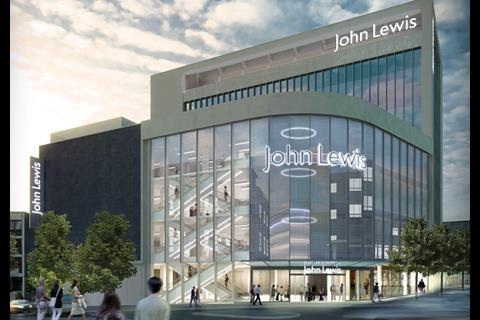
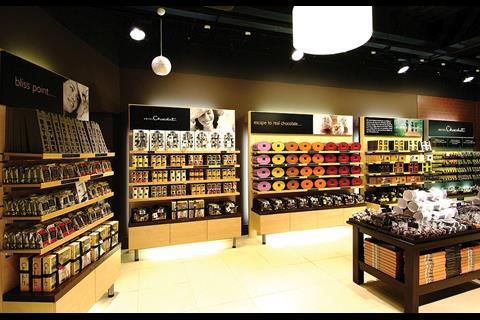
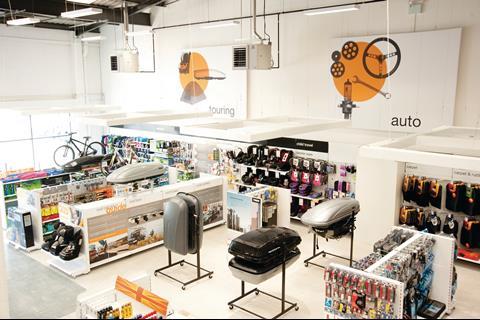

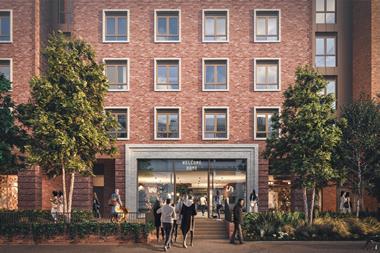


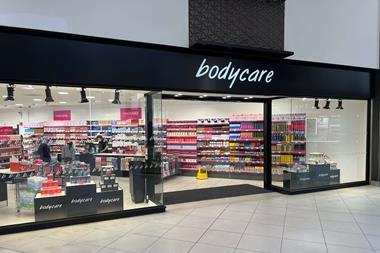
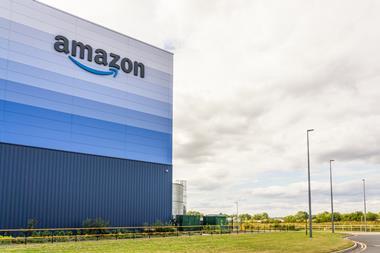
No comments yet